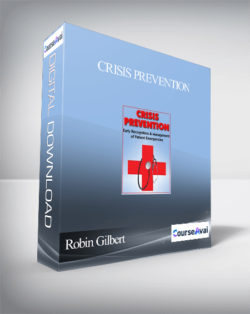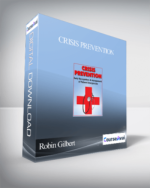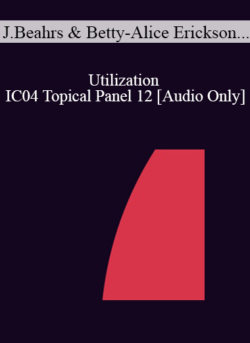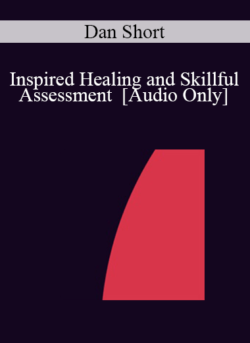The difference between nursing and effective nursing, is the ability to see what is coming… but with so many diagnoses having overlapping or mimicking symptoms, it can be easy to miss the subtle clues your patient is giving you that can help differentiate conditions.With a combined experience of over 50 years, the experts in this course will share effective and time-tested strategies you can implement immediately to rapidly detect clinical changes in your deteriorating patient.Purchase Crisis Prevention: Early Recognition & Management of Patient Emergencies – Robin Gilbert & Rachel Cartwright-Vanzant courses at here with PRICE $200 $56Crisis Prevention: Early Recognition & Management of Patient Emergencies – Robin Gilbert & Rachel Cartwright-VanzantThe difference between nursing and effective nursing, is the ability to see what is coming… but with so many diagnoses having overlapping or mimicking symptoms, it can be easy to miss the subtle clues your patient is giving you that can help differentiate conditions.With a combined experience of over 50 years, the experts in this course will share effective and time-tested strategies you can implement immediately to rapidly detect clinical changes in your deteriorating patient.You will have a clearer understanding of the body’s complex, interrelated organ systems so you can break them into component parts and fully understand how one organ system can cause a sign or symptom in another. Plus, you’ll gain the BEST interventions for Cardiac, Neurological, Endocrine, and Respiratory emergencies!Never again will you miss the subtle changes in your patient that could lead to BIG trouble!Here’s what this intensive online course covers:Managing Patient EmergenciesModule 1Identifying the Red FlagsABC’s for when your patient suddenly deteriorates4 Quick “to do’s” to identify potential problemsPopulation specific considerationsMean arterial pressure equationModule 2NeurologicalElevated intracranial pressureClues for when you don’t have a monitorIschemic vs. hemorrhagic strokeInclusion/exclusion for tPACritical labs for determining best treatment optionMalignant headachesSimulation lab review — interpreting the patient’s presentationModule 3CardiacAcute coronary syndromeAcute MI (STEMI or NSTEMI)Unstable anginaHeart failureModule 4Respiratory, Renal, and EndocrinePulmonary EmergenciesAcute respiratory failure: diagnosis & managementCOPDARDSStages and treatment of acute renal failureDiabetic ketoacidosisHyperosmolar hyperglycemic stageModule 5Fluid, Electrolyte, & ShockSymptoms and treatment of sepsisAbdominal Aortic AneurysmRecognizing and treating GI bleedsWhat blood gases can tell youPutting it all together with case studiesImpending Doom: Crisis Prevention and Management in the Deteriorating PatientModule 1Sepsis CrisisCauses, signs and treatment of sepsisDiagnostic tests to differentiate sepsis from other possibilitiesTreatment of septic shockModule 2Cardiovascular CrisisDiagnostic tests, labs, x-ray, and imaging that can help with diagnosis of a CV emergencyAcute myocardial infarctionCardiogenic shockStrokePulmonary edemaModule 3Anaphylaxis and Diabetic CrisisImmediate treatment steps anaphylaxis shockDiabetic ketoacidosis vs. hyperglycemic hyperosmolar stateLabs that give clues in diabetic crisis and its resolutionModule 4Pulmonary and Hypovolemic CrisisCauses leading to a pulmonary crisisWhen asthma is no longer simpleWho is most likely to develop acute respiratory failure and what to do when they doCauses of hypovolemic shockHow fluid resuscitation can save a lifePurchase Crisis Prevention: Early Recognition & Management of Patient Emergencies – Robin Gilbert & Rachel Cartwright-Vanzant courses at here with PRICE $200 $56
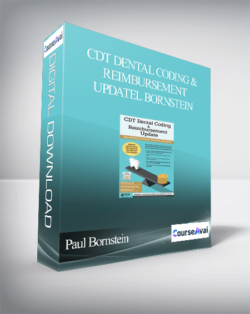 CDT Dental Coding & Reimbursement Update: Identifying Common Practice Mistakes – Paul Bornstein
₹9,296.00
CDT Dental Coding & Reimbursement Update: Identifying Common Practice Mistakes – Paul Bornstein
₹9,296.00
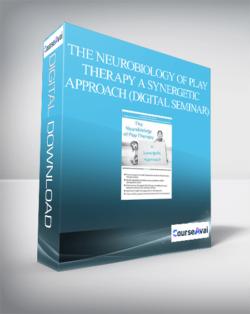 The Neurobiology of Play Therapy A Synergetic Approach (Digital Seminar)
₹9,296.00
The Neurobiology of Play Therapy A Synergetic Approach (Digital Seminar)
₹9,296.00
Crisis Prevention: Early Recognition & Management of Patient Emergencies – Robin Gilbert & Rachel Cartwright-Vanzant
₹9,296.00

